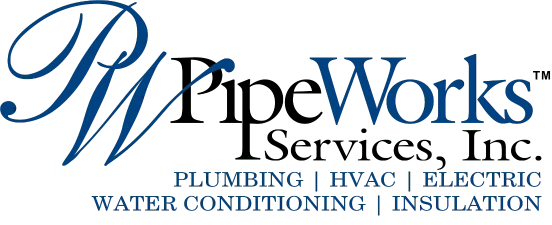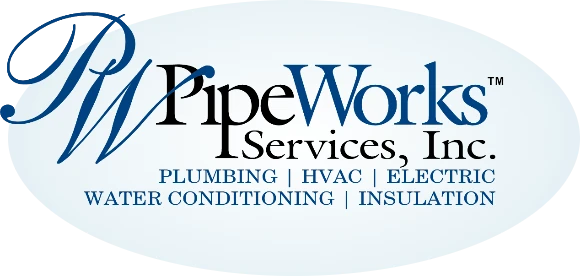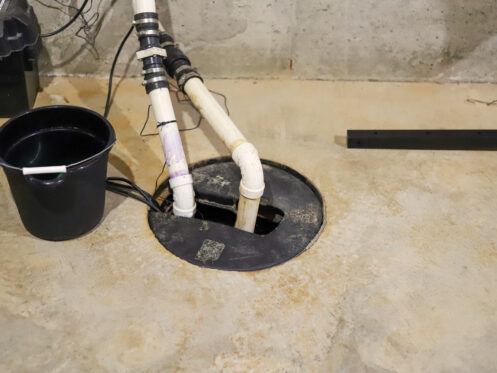For many homeowners, spring is “sump season.” This is when melting snow and ice, high water tables, and heavy rains threaten their basement, crawl space, or ground level. All primary and backup sump pumps require professional service at least once a year. Early spring before the heaviest rains is an excellent time to schedule that checkup. Let’s explore everything you can expect during the appointment.
Pump Inspection and Cleaning
All homes that need a sump pump should have a primary and a backup pump. Those pumps are the focal point of a spring checkup. A plumber will thoroughly clean the equipment, as grime can and often will accumulate through normal use. It’s also important to perform a multipoint inspection that covers the basics along with anything unique to that manufacturer and model. Some pumps have ball bearings. It’s necessary to lubricate them with either oil or grease and replace them once they’re worn. Many sump pumps have sealed chambers. If you have an oil-filled sump pump instead, the plumber will check the oil level and add oil as needed.
Valve Cleaning and Replacement
Sump pumps typically have a check valve, also called a one-way valve. The primary and secondary pumps usually have dedicated check valves and discharge lines. A check valve prevents discharged water from flowing back into the sump pit. A malfunctioning or failed check valve is a common reason sump pumps run inefficiently and even cycle irregularly. There are different check valve types, including swing, spring, ball, and flapper valves. It’s necessary to inspect each valve and clean it. If a valve is failing or has failed, a plumber will replace it with an appropriate valve for that particular configuration.
Evaluating the Float Switch
Both of your sump pumps have a float switch, which is a level-sensing device. When the water level gets high enough, it trips the switch and causes the pump to activate. Many systems have tethered float switches while others have switches attached to a vertical stem. Float switch issues are a common cause of sump pump malfunctions. A plumber will clean, inspect, and recalibrate the switch. With proper maintenance, a float switch will usually last as long as the pump. That said, if you do have a failed or problematic switch, it’s a relatively simple and inexpensive replacement.
Checking the Impeller Blades and Screen
Whether they are a submersible or pedestal type, most sump pumps have an impeller. It’s what moves the water out of the sump pit. A plumber must clean the impeller screen and replace it as needed. In some cases, the impeller blades may require balancing or replacement.
Pit Inspection and Cleaning
Homeowners shouldn’t wait for professional maintenance to clean out their sump pit. It’s a good idea to clean it out after any severe weather or whenever you notice debris. That said, your plumber will not only clear debris but remove sludge, which can harden over time. It’s also important to clean the pit walls and look for any defects. If there are small cracks, they’re correctable with a waterproof epoxy. If there are major cracks, it’s usually necessary to replace the basin.
Discharge Pipe Inspection and Cleaning
Each pump has its own discharge line that extends from the pit to outside the home. A plumber must inspect this pipe and ensure that there aren’t any blockages. If there are obstructions, it’s necessary to clear them out. If it’s an ongoing problem, a plumber may recommend installing or replacing screens. A plumber will also test the drain line and monitor the drainage. The drainage should be at least 10 feet, ideally 20 feet, from the home. Ponding water closer to the home is problematic.
Circuit Breaker Inspection
A tripped circuit breaker can happen occasionally and usually isn’t cause for concern. However, recurring trips are quite concerning. They may suggest a serious electrical issue, and whatever the reason, you risk the breaker tripping at an inopportune time. Don’t wait for a seasonal checkup. A professional should inspect the breaker and may recommend replacement.
GFCI and AFCI Outlet Inspection
Many local electrical codes require sump pumps to plug into a GFCI or GFCI/AFCI outlet. It’s a good idea to consider that upgrade for safety reasons even if your local code doesn’t require it. If you have an outlet that you must reset often or one that doesn’t reset, don’t wait for a checkup. Schedule an inspection right away. It is important to ensure that the outlet is functioning correctly.
Battery Inspection and Testing
If you have a sump pump, you should have a secondary battery-powered sump pump. This is good advice even if you have a standby generator. In the event the grid fails, the backup pump will activate automatically. A plumber will inspect the battery for both condition and charge level. Most experts recommend replacing the battery proactively every several years. Your plumber may recommend earlier replacement if the battery is in poor condition or has a low charge.
Sump Pump Alarm Testing
Many homes have a sump pump alarm. It provides an audible alert if water reaches a certain level. If you have a sump pump alarm, your plumber will test it to ensure it’s activating appropriately.
Full System Testing
Once the plumber has inspected, cleaned, and serviced all sump pump components, it’s time to test the system. This often involves filling the pit and letting the water continue to run for a while. The plumber can then watch for issues like slow drainage, excessive vibration, and irregular cycling. Your checkup will include performing this test for both the primary and backup sump pumps.
Warranty Considerations
Regular professional maintenance is often a key requirement of a sump pump warranty. Once the service is complete, your plumber will provide you with documentation. This is the proof you’ll need should you ever have to file a warranty claim.
Planning for Replacement
The average primary sump pump will last between 7 and 10 years. It’s not unusual for high-usage pumps to fail closer to the former than the latter. Once the checkup is complete, your plumber will discuss what you should know about your pump and answer any questions. This information will help you plan for the eventual replacement and avoid an unexpected replacement.
Update Smart Software
Many modern sump pumps are smart devices, meaning they have Wi-Fi and other advanced features. Your plumber can handle firmware updates and the like. This is a good time to upgrade the software you use on your phone and other devices. It’s also an opportunity to discuss any issues you’ve been experiencing with remote access and control.
Professional Spring Sump Pump Maintenance
Pipe Works Services is a residential and commercial plumbing contractor located in Chatham, NJ. We’ve been serving home and business owners throughout Central and Northern New Jersey since 2007. Our company employs licensed plumbers who install and repair sump pumps to code. We offer seasonal tune-up services in addition to membership plans that can save you money. Our plumbers are also available around the clock for emergency repairs. Call today or contact us online to schedule an appointment.





